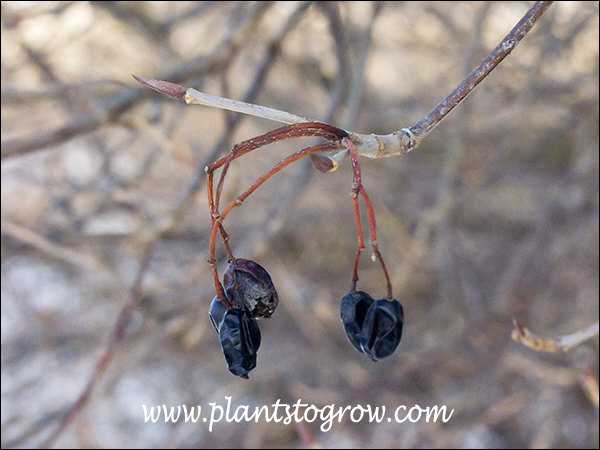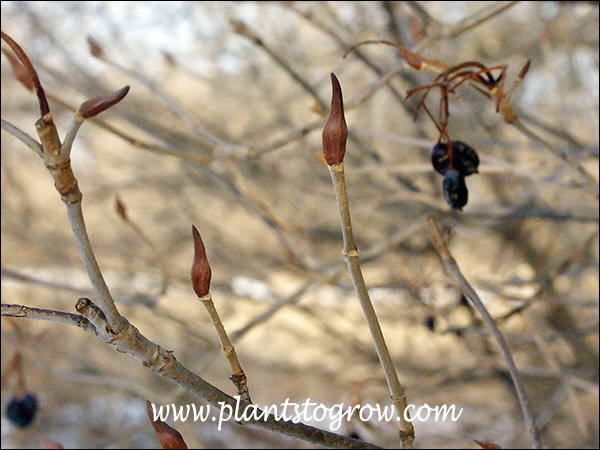| Description | A large native shrub found growing in moist woodlands, thickets and borders of wet areas. Good in naturalized areas providing food for birds. |
|---|---|
| Plant Type | All Plants, Shrubs Deciduous |
| Hardiness Zone | 3-7 |
| Sunlight | full to semi-shade |
| Moisture | average to moist |
| Soil & Site | average to moist |
| Flowers | white, appear almost yellow from the abundance of pistils, starts blooming at the end of May |
| Fruit | oval shaped, bluish black, ripening in the fall |
| Leaves | green, oval to egg shaped, pointed, opposite, finely serrated and dull beneath fall color can be a nice purplish red (not a guarantee). Will develop mildew on the leaves in the fall and can have early leaf drop. |
| Stems | terminal buds are lead gray, fat at the base tapering to a tip (good winter id characteristic |
| Dimensions | 5-15+ feet tall, spread about 1/2 the height, space 6-8' on center, can be pruned to a single stem tree |
| Propagation | seeds, cuttings |
| Native Site | Native to eastern North America and Canada from Quebec to Ontario. |
| Cultivar Origin | Introduced into cultivation around 1761. |
| Misc Facts | The name "Nannyberry" comes from the rank odor of the wood. |
| Author's Notes | Have a couple of these in the fence line around the property. One is 15 plus feet tall. Have seen them even taller. Mine are always loaded with mildew in the fall. As bad as the common Lilac. Nice purple red fall color. |
| Notes & Reference | #01-Manual of Woody Landscape Plants (Michael Dirr), #03-The Hillier Manual of Trees and Shrubs (Hillier Nursery), #106-Viburnums (Michael Dirr), Classic Viburnums (www.classicviburnums.com) |

Cart
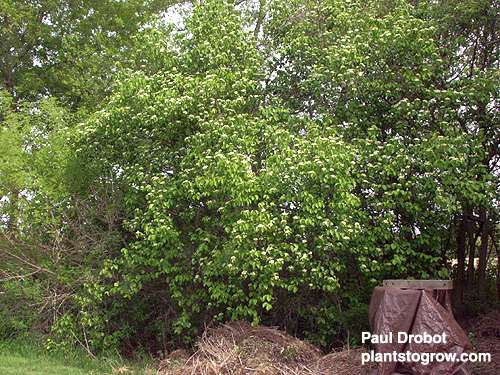
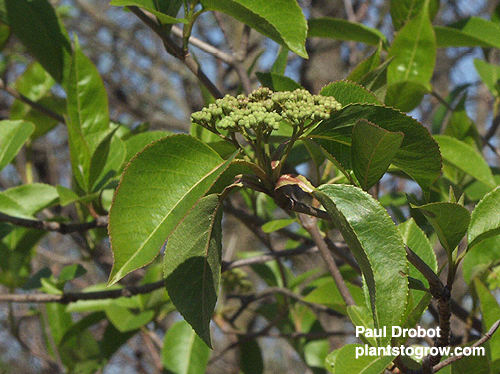
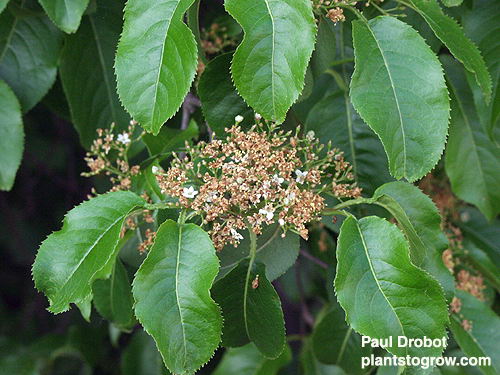
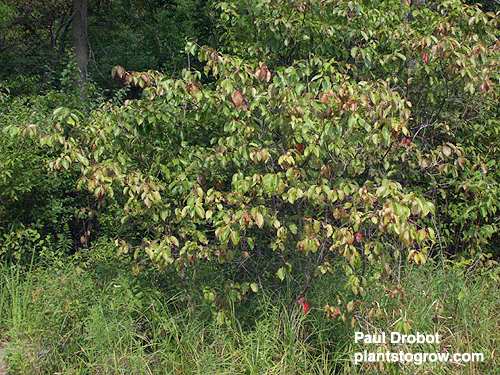
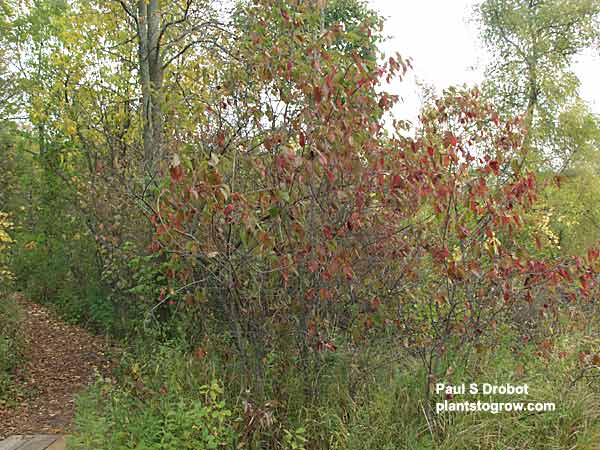
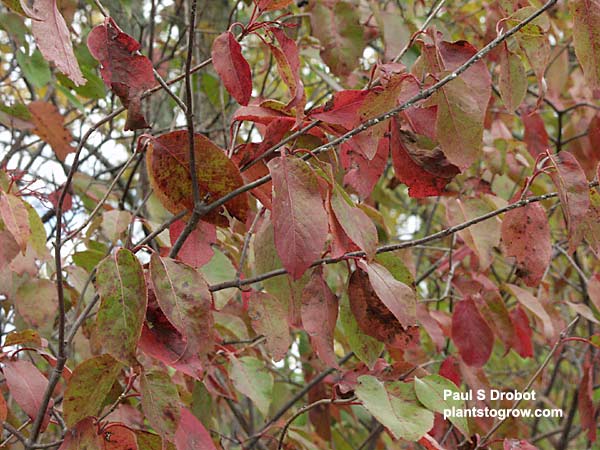
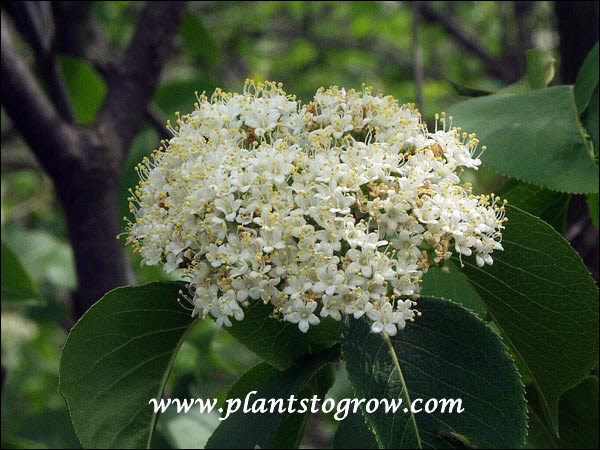
-03cm.jpg)
-04cm.jpg)
-05cm.jpg)
-06cm.jpg)
-07cm.jpg)
